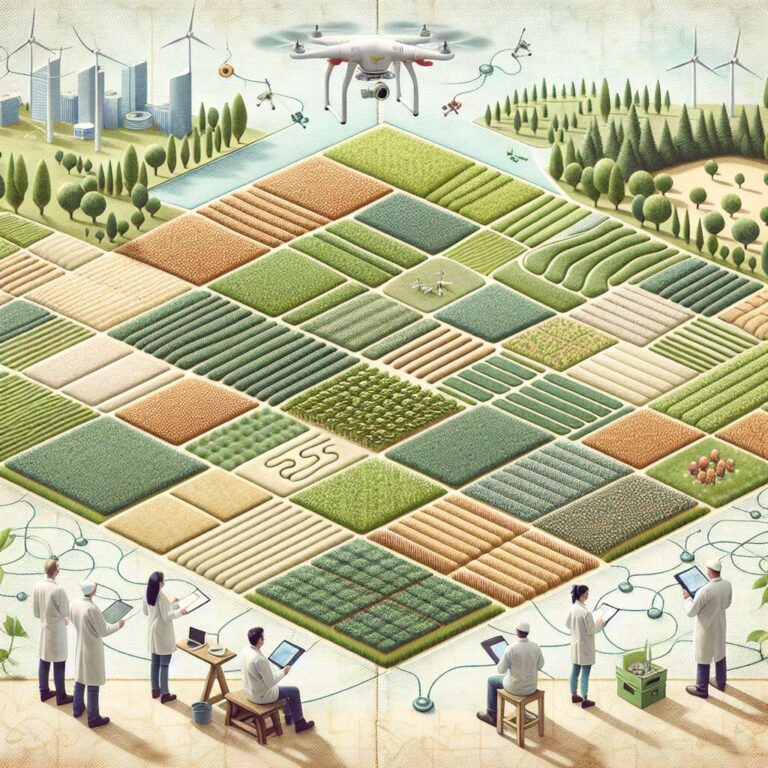Purdue University’s agricultural scientists and engineers are harnessing artificial intelligence and machine learning to shed new light on complex challenges in agriculture and the environment. By teaching computers to analyze vast quantities of data, researchers are tackling issues ranging from monitoring cattle health to mapping invasive species in cities, pushing the boundaries of what’s possible in natural resource management.
Brady Hardiman, associate professor in forestry and environmental and ecological engineering, utilizes machine learning to decipher intricate patterns within massive 3D urban datasets. His research into city landscapes leverages remote sensing data to detect subtle differences in ecosystems, such as identifying individual tree species and tracking invasive shrubs like buckthorn in city forest preserves. This work empowers urban forest managers with actionable insights to better steward urban greenery. Similar methodologies are applied in rural environments, where the composition of forests influences industries like timber and bourbon production.
In animal agriculture, Upinder Kaur has developed a pioneering AI-powered medical robot for livestock. This device, small enough to enter a cow’s stomach, continuously tracks key biomarkers—transforming research on methane emissions and animal welfare. Traditional single-animal measurements offer only brief snapshots, while Kaur’s device streams minute-by-minute data, revealing how various activities affect methane production. Kaur’s lab is also developing a robot dog, in collaboration with Catherine Hill and Maria Murgia, equipped with sensors to detect tick hotspots, crucial for managing tickborne illnesses and sparing humans from tedious surveillance work.
Sajad Jamshidi’s research in agronomy applies ensemble machine learning models to simulate rice yields under diverse climate scenarios, integrating decades of breeding trial data. The team’s findings reveal that public breeding efforts in the southern United States unintentionally produced rice varieties resilient to rising temperatures. Their modeling framework can rapidly test crop performance against climate variables, offering valuable tools for breeders and policymakers confronted by climate change.
Assistant professor Ankita Raturi builds accessible, human-centered data platforms for agricultural stakeholders. Her web-based applications make decision-support on cover crops as easy to use as popular streaming services, while her agent-based models help authorities explore how different food policy choices affect regional foodsheds and food security. Emphasizing diversity and resilience, her lab aims to democratize data-driven agricultural innovation.
Somali Chaterji’s work focuses on resource-constrained machine learning algorithms suitable for drones, ground sensors, and other small devices. Her semi-supervised semantic segmentation models efficiently identify emerging crop diseases, even with sparse labeled data. The Agile3D LiDAR perception algorithm, another innovation from her lab, is optimized to run on field-deployed platforms without draining energy or relying on persistent connectivity. Her team also engineers models resilient to data noise, supported by funding from the National Science Foundation, and continuously shares advances at leading computer vision and mobile systems conferences.
Together, these efforts at Purdue demonstrate how artificial intelligence is no longer a novelty but an indispensable tool for understanding and managing the interconnected systems that feed cities, sustain rural economies, and inform responses to climate change. The cross-disciplinary collaborations reflect a future where intelligent technology and ecological understanding go hand in hand.

